The Surprising Thing The Lamborghini Miura Has In Common With The Original Mini
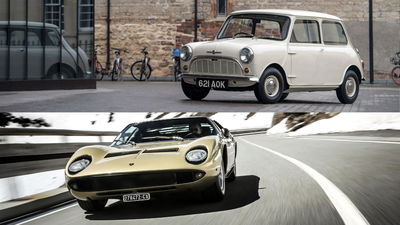
The Lamborghini Miura and original BMC Mini have almost nothing in common. Well, apart from being automotive style icons of the 1960s that were huge with the celebrities of the time, pretty much invented their respective segments of car, and were both shoved off a mountain in The Italian Job. But apart from that, almost nothing.
There is something else, though, something that’ll only be of interest to the nerdiest of car nerds (hi). See, when it launched in 1959, the Mini pioneered the transverse front-engined, front-wheel drive layout that’s pretty much universal among front-wheel drive cars today, but one element of it was pretty quickly ditched.
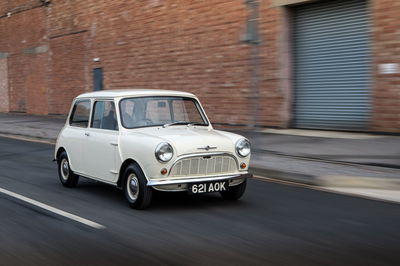
That was the fact that its A-Series four-cylinder engine had its gearbox engineered into the engine’s oil sump. This negated the need for separate lubrication systems for the engine and gearbox, allowing everything to be tightly packaged and maximise the tiny car’s interior space.

It was seemingly from here that the group of young engineers working on the Miura in the mid 1960s drew their inspiration because it too had a shared sump for its five-speed manual gearbox and its 3.9-litre V12, which, unusually for a mid-engined car, was also mounted transversely. It’s hard to track down exactly why it was engineered like this, so if you have any insight, do let us know.
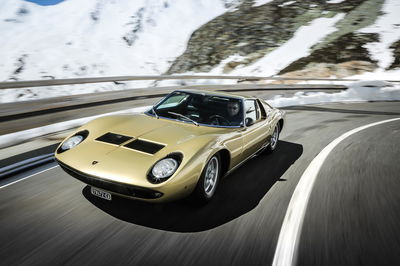
Anyway, in both instances, this setup turned out to be a bit of a dead end for the car’s respective manufacturers. While BMC – later British Leyland – would go on to use the design in a few other engines, it was pretty quickly ditched in other front-wheel drive cars, mainly as gearboxes gained more ratios.
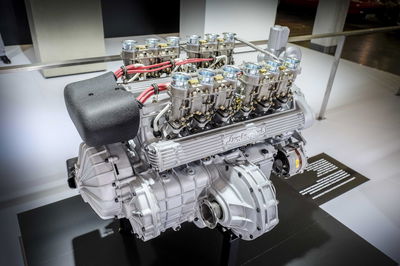
It was abandoned even more quickly in the Miura, as the final 96 or so cars produced moved over to separate sumps for the engine and gearbox. This meant that specific lubricants could be used for each unit, reducing the risk of cross-contamination between the two and improving long-term reliability. These later ‘split-sump’ cars – all in the Miura’s final SV specification – tend to command higher values than earlier ‘shared-sump’ examples.
The design’s long since fallen out of favour for modern car engines, although it’s still commonplace in motorbikes. It’s one unexpected thing, however, that two very different cars – one tasked with mobilising a nation, the other a toy for the jetset – had in common.

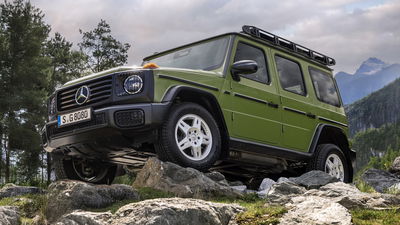













Comments
No comments found.